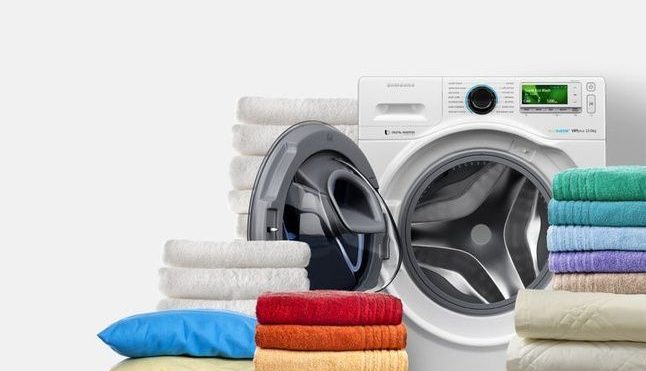Dry cleaning
Camlet Cleaners
Lane 15, Phase-II Wah Model Town, Wah Cantt, Rawalpindi, Punjab, Cell# 0344 8459311
Rawalpindi Branch
Shop No. 2 Falcon plaza main Block، Block B Soan Gardens, Rawalpindi, Islamabad, Cell#0300 5497437
Camlet Wrokshop
Work shop Haroon Choke Kuri Road, Rawalpindi, Islamabad Capital Territory

History of dry cleaning
Dry cleaning dates back to ancient times, according to the DLI. Records about methods for cleaning delicate items have been found in the ruins of Pompeii, decimated by the eruption of Mount Vesuvius in the year 79. In those days, many clothes were made from wool, which was known to shrink in water. Professional clothes cleaners, known as fullers, used solvents such as ammonia (produced from urine) and lye, as well as a type of clay called fuller’s earth, which excelled at absorbing dirt, sweat and grease stains.
The credit for being the first commercial dry cleaner goes to the firm of Jolly-Belin, which opened in 1825 in Paris, according to the Handbook of Solvents. In Paris, of course, fashion was an important part of society. The clothes were soaked in vats filled with turpentine, then put into a sort of predecessor to the washing machine and then air dried so that the turpentine could evaporate.
Dry cleaning process
Dry cleaning machines consist of four parts, according to the Drycleaning & Laundry Institute (DLI), an international trade association for garment care professionals:
- The holding tank or base tank that holds the solvent.
- A pump that circulates the solvent through the machine.
- Filters that trap solid impurities and soils removed from either the solvent or the fabric.
- A cylinder or wheel where the items that are being cleaned are placed.
During dry cleaning, the pump pulls solvent from the tank and sends it through the filters to remove any impurities. The filtered solvent then enters the cylinder, where it interacts with the fabrics and removes any soil. The solvent then travels back into the holding tank so it can begin the process again.
After the items complete the cleaning cycle, the machine goes through an extraction cycle, which removes excess solvent. During this process, the rotation rate of the cylinder increases, much like the final spin cycle on a home washing machine.
